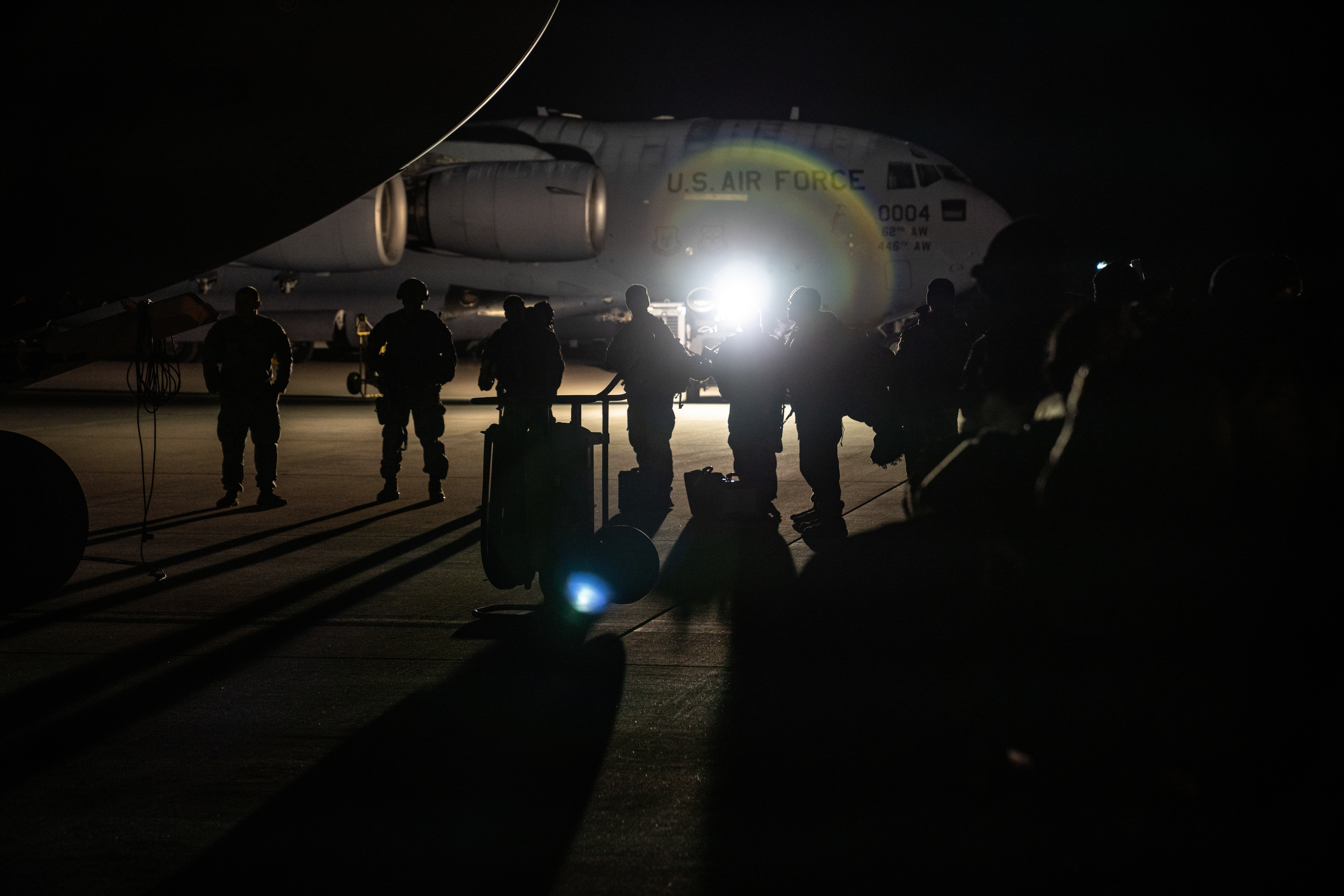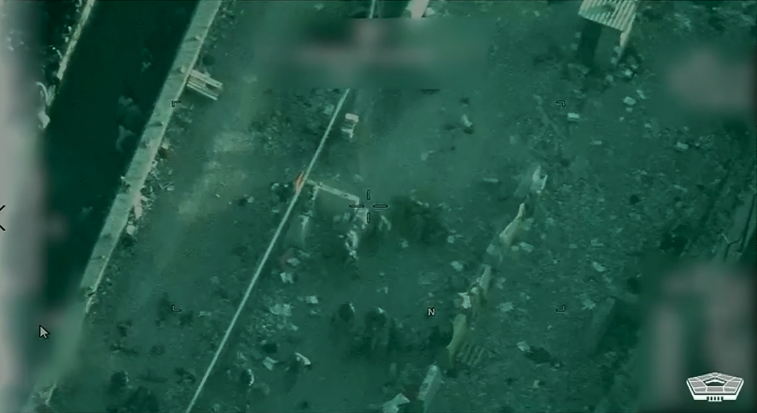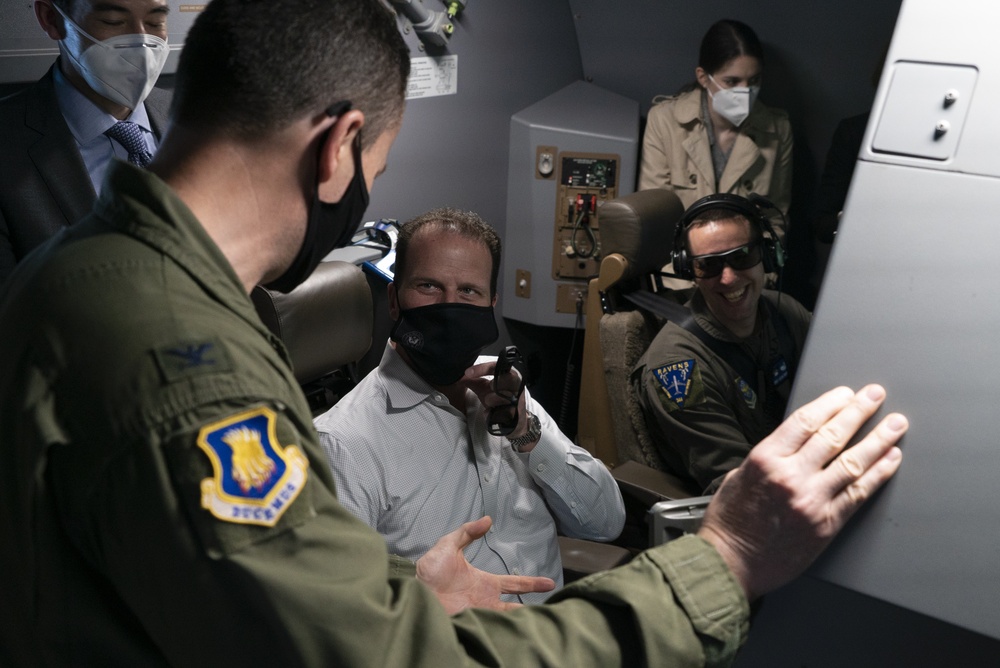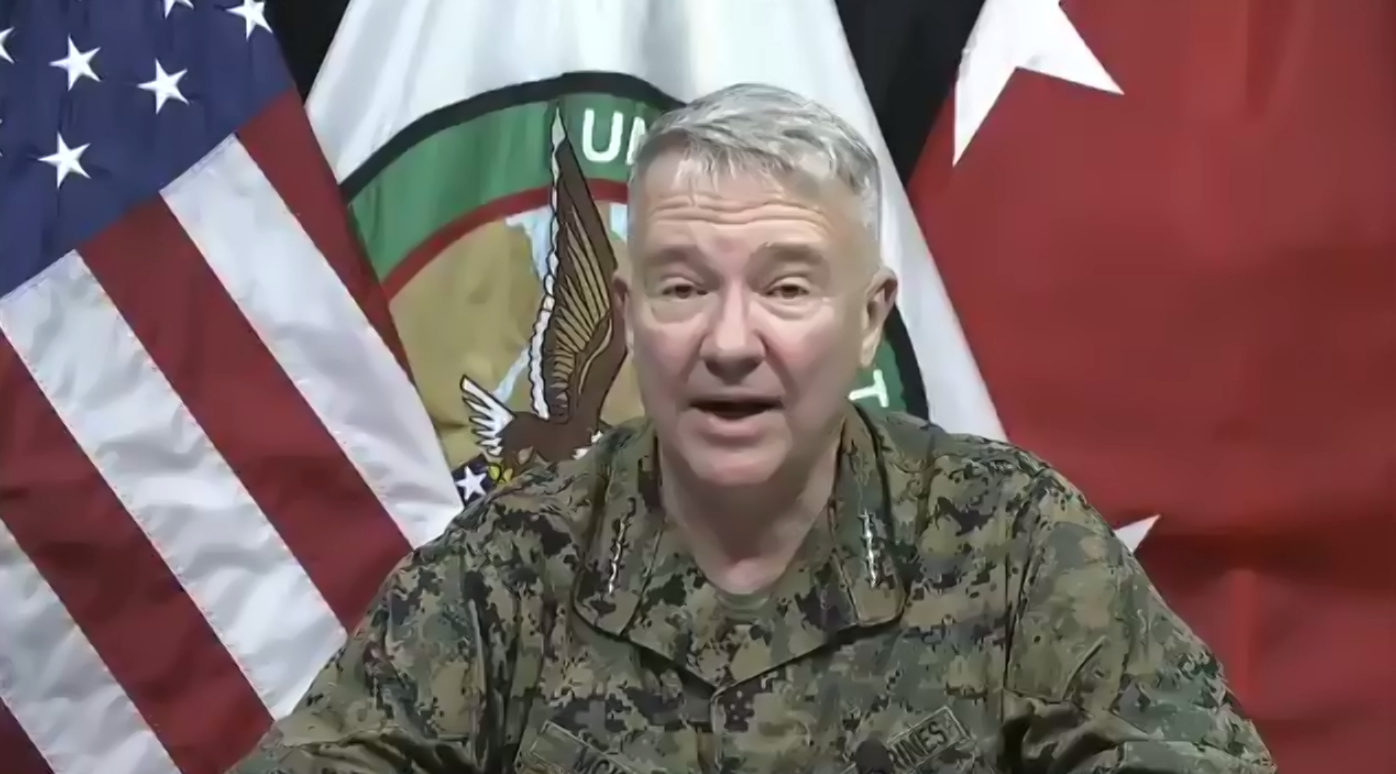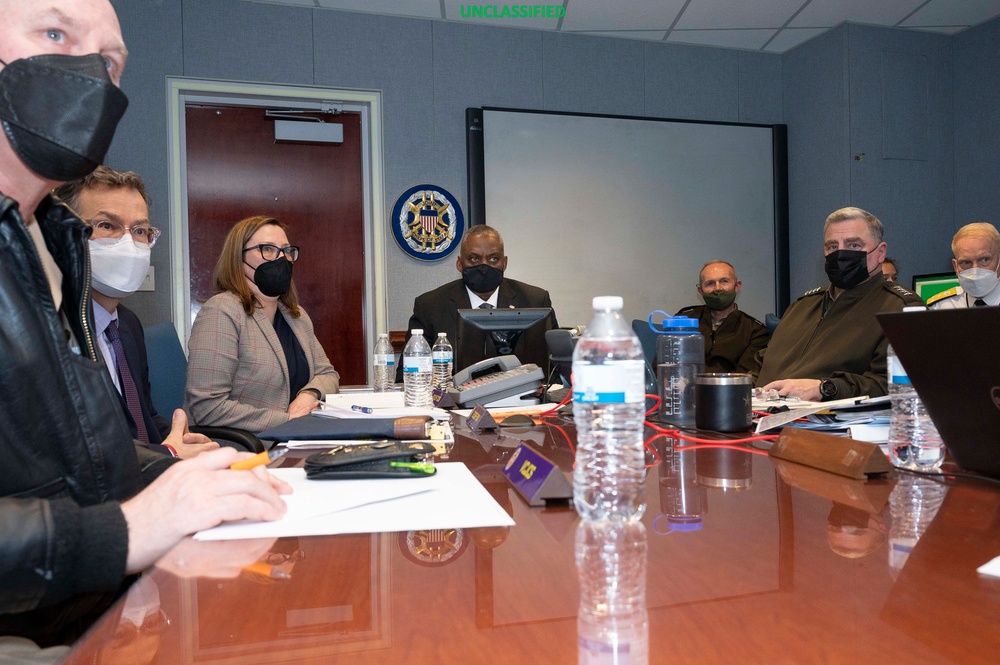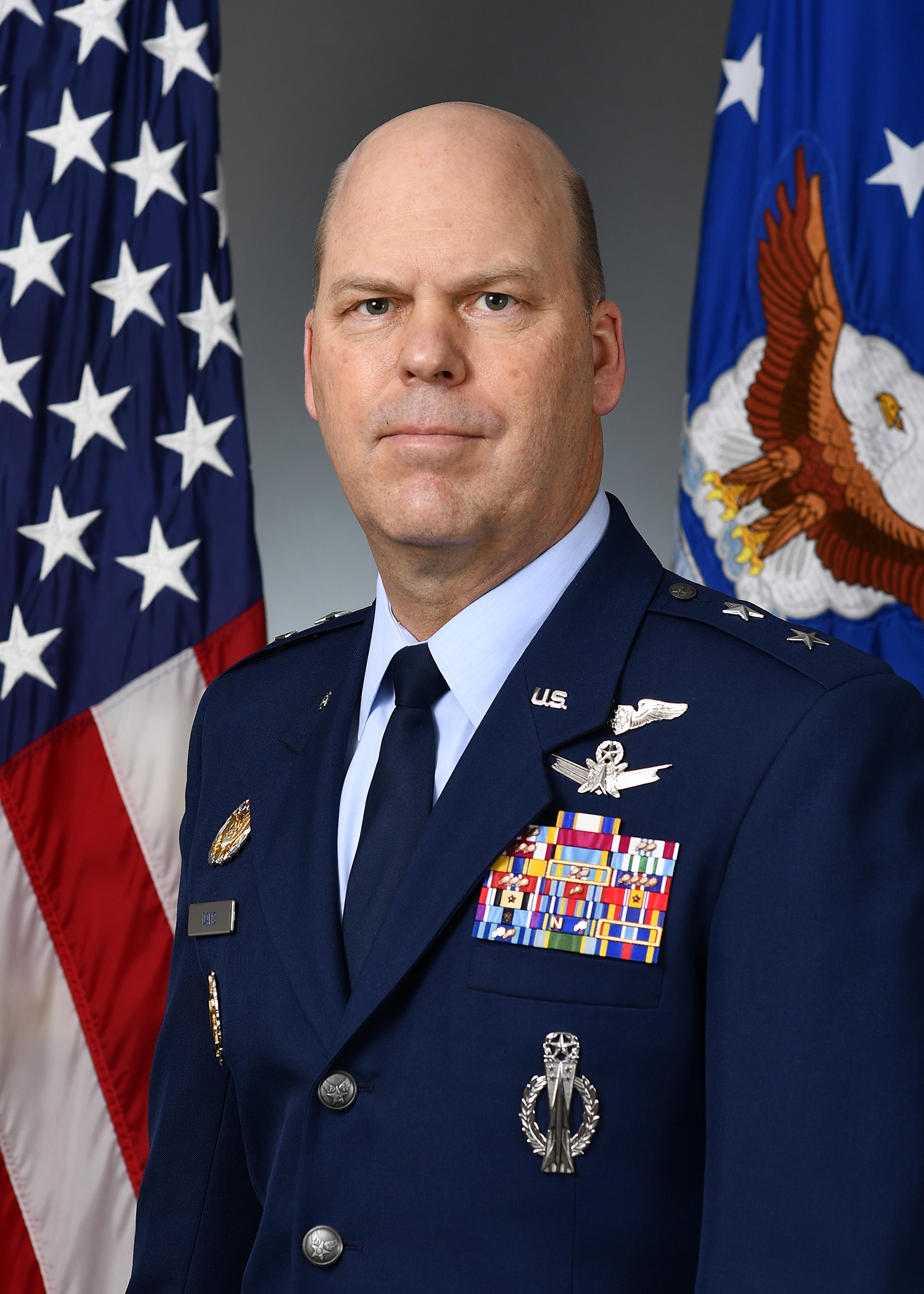Russian President Vladimir Putin continued to “add to his force capability” Feb. 5-6, and “with each passing day, he gives himself a lot more options from a military perspective,” said Pentagon Press Secretary John F. Kirby.
Kirby said in a public briefing Feb. 7 that “sizable forces continue to be added to the forces Mr. Putin has arrayed in the south in Crimea and alongside Ukraine’s borders, including in Belarus.” He estimated the number of Russian troops at “well north of a hundred thousand, and it continues to grow,” but he said combined arms capabilities in Belarus are also giving Putin options.
“That means not just infantry or tracked vehicles, but artillery and long-range fires, and air and missile defense, as well as special operations,” Kirby said. “He has a full suite available to him, and it continues to grow every day, including just over the last two days.”
Russia also sent two Tu-22M3 nuclear-capable bombers on a patrol over Belarus for a four-hour joint mission Feb. 5, according to The Associated Press.
Kirby said Putin has also added logistics and sustainment to support the troop buildup—“in other words, the ability to keep them in the field for longer and longer periods of time. It’s a whole panoply of things that we’re watching.”
Of the U.S. troops going to Germany, Poland, and Romania, Kirby said only a few hundred had arrived there as of Feb. 7. Kirby reported no “additional threats” anywhere “directly from Russia to NATO’s eastern flank.”
Yet, Kirby said there’s still been no sure sign of an invasion.
“We could not say with specificity, now, A: that he’s made a final decision one way or another; or B: if he does, what it’s going to be,” Kirby said. “We don’t have anything specific that we can point to as an ‘aha’ moment and say, ‘Well, that’s it. Now we know that he’s definitely going in and he’s definitely going in on such-and-such a date.”
Kirby said that in spite of everything, U.S. officials haven’t ruled out convincing the Russian leader to back off from Ukraine by diplomacy.
“We still believe there’s a diplomatic path forward that should and can be pursued,” Kirby said. He said Putin can easily “deescalate the tensions by just taking some of that force presence away.”
Some experts have predicted an invasion.
A panel of defense experts said in an event streamed by the Atlantic Council on Jan. 25 that Russia could be ready after its Atlantic Resolve 2022 exercise with Belarus, expected to conclude around Feb. 20. Separately, a senior Air Force official told Air Force Magazine that Russia was likely to invade Ukraine in the coming weeks.
